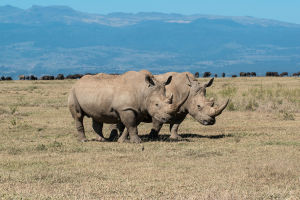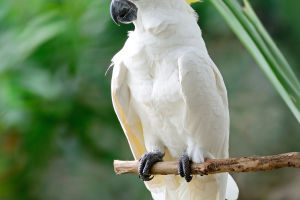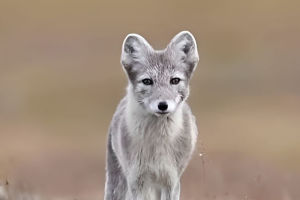The orca is one of the most powerful predators in the ocean, truly deserving the title of "oceanic overlord."
Not only are they massive predators, but they also demonstrate remarkable intelligence and social organization, which places them at the unquestionable top of the food chain.
1. Basic Characteristics
Mature orcas can grow up to 8 to 9 meters in length, with females being slightly smaller, typically around 7 meters. Their weight can reach approximately 6,000 kilograms.
Their body structure is more compact than other whale species, which allows them to swim at high speeds. Orcas have a striking appearance, with a black back and white belly. They are also recognizable by distinctive white spots and gray patches, particularly around their eyes, creating a mask pattern.
Orcas have strong teeth, usually about 10 cm long, which are used for capturing and tearing apart prey. Their dorsal fins are also unique. The dorsal fin of males is usually very tall, while that of females is relatively lower and curved. These obvious gender differences make it easier for scientists to identify individuals.
2. Distribution
Orcas are found in a wide range of environments, from the Arctic to the Antarctic. They prefer colder waters, particularly in the central oceans and polar regions.
Orcas are highly adaptable to different habitats and can live in various depths of the ocean. They are commonly found in coastal areas, deep seas, and even ice-covered waters.
3. Hunting Methods
As apex predators in the ocean, orcas have highly efficient and unique hunting strategies. They are pack hunters and usually hunt in family groups, showcasing exceptional teamwork. Their prey is diverse, ranging from small fish and squid to large whales, dolphins, seals, and even sea lions and walruses.
Orcas use strategic hunting methods. For instance, they can use sound, bubbles, and water currents to corral their prey or mimic an injured behavior to lure prey closer. Their intelligence and cooperative hunting techniques make these strategies highly effective. At times, they can even hunt whales that are larger than themselves, such as gray whales and humpback whales.
4. Social Structure
Orcas are social animals, living in matrilineal groups. A typical orca group usually consists of a mother and her offspring, and the members work closely together to hunt and care for the young. While the members of a group tend to stay together for long periods, some groups occasionally interact with other groups.
The social structure of orcas is highly complex. They not only have a defined hierarchy but also a unique communication system. Through sounds (such as whistles and clicks) and body language, orcas can coordinate within their groups. Research has shown that orca groups in different regions may have their own distinct dialects and these differences in sounds are a part of their culture, helping groups recognize one another.
Orcas play a key role in the food chain and provide a valuable window for understanding animal behavior and ecological balance. However, it is also crucial to recognize that orcas face unprecedented challenges to their survival due to environmental changes and human activities.
Therefore, protecting orcas and their habitats is not only vital for these mysterious oceanic overlords but also for maintaining the health and sustainability of marine ecosystems!
Incredible Orca Hunt | Frozen Planet II | BBC Earth
Video by BBC Earth


